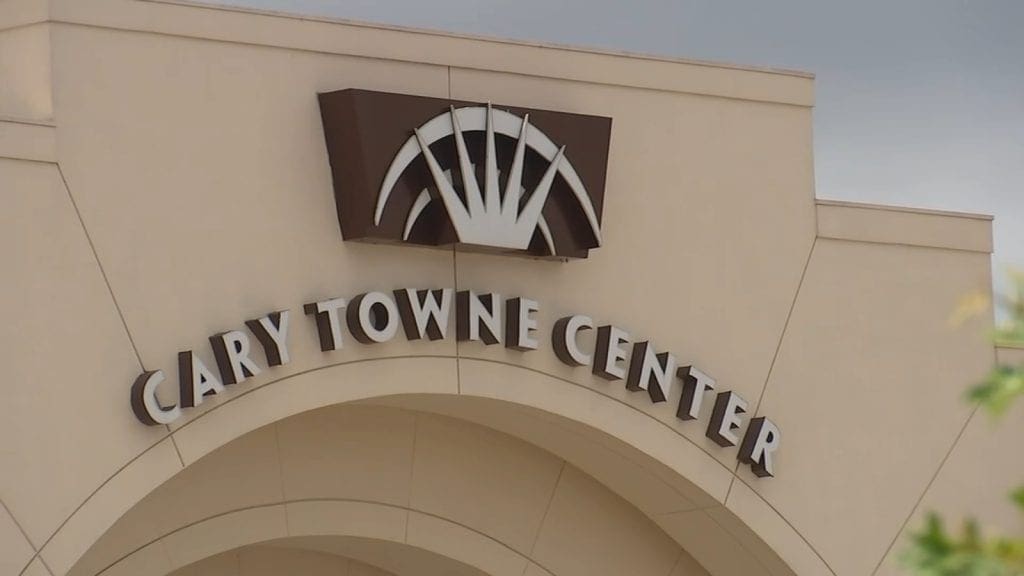A 38-year-old NASA satellite that has been decommissioned is poised to hit the ground.
The likelihood of wreckage landing on someone, according to NASA, is “extremely minimal.” According to NASA, the majority of the 5,400-pound satellite will burn up during re-entry. However, certain components should survive.
According to the space agency, there is a 1-in-9,400 chance of being hurt by falling debris. It is expected to happen on Sunday, January 8, 2023, at 6:40 p.m. ET, give or take 17 hours. However, the satellite fall is predicted to occur later, at 10:49 p.m., by Aerospace Corporation, a government-sponsored nonprofit group that has been monitoring the satellite. Give or take 13 hours, January 9th. At this moment, it is also unclear where it might land.
NASA Satellite Will Fall Back To Earth
The Defense Department predicts that the NASA Satellite will come down Sunday night, give or take 17 hours. The Aerospace Corp., based in California, is aiming for Monday morning, give or take 13 hours, following a trajectory that crosses across Africa, Asia, the Middle East, and the westernmost regions of North and South America. Aboard the space shuttle Challenger, the Earth Radiation Budget Satellite, or ERBS, was launched in 1984. The satellite continued to measure ozone and other atmospheric variables despite having a two-year anticipated operating life. It was retired in 2005. The satellite observed how the planet’s surface emitted and absorbed solar radiation.
Challenger gave the NASA Satellite a ceremonial sendoff. Sally Ride, the nation’s first woman in space, used the shuttle’s robot arm to launch the satellite into orbit. Kathryn Sullivan made history on that same trip by being the first American woman to walk in space. Two female astronauts traveled in orbit together for the first time.
Ride, who passed away in 2012, made it his second and last trip into space.



